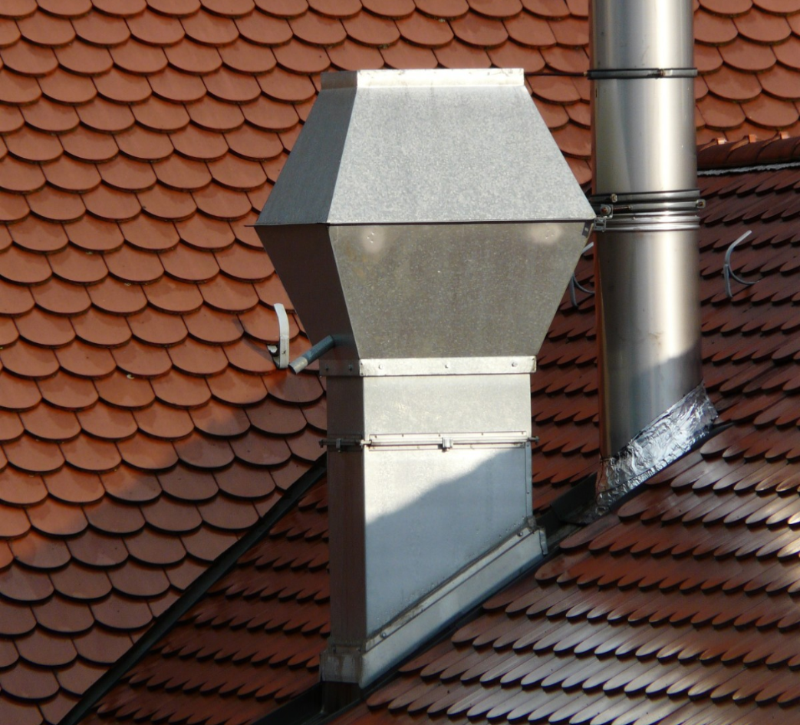
Flashing Around Chimney: What You Need to Know

Flashing is an important part of protecting your home from water damage. But when it comes to chimneys, there are some special considerations that you need to take into account. In this blog post, we’ll cover what flashing around chimneys entails and how it can help protect your home.
What is Flashing?
Flashing is a thin material that helps create a waterproof barrier between the components of a building structure. In the case of chimneys, it helps prevent water from seeping in and damaging the masonry or other parts of the building. It's typically made from copper, aluminium, galvanized steel or vinyl.
Where Does Flashing Go?
When installing flashing around a chimney, it's important that you place it in all the right places. The first step is to install it at the base of the chimney where it meets the roofline. This will help prevent water from pooling on top of the roof chimney flashing and then running down into any cracks or crevices near the base of your chimney. Additionally, you should also install flashing around any joints or seams in your chimney structure as well as any areas where two different materials meet (e.g., brick and mortar).
The Benefits of Installing Flashing Around Your Chimney
Installing flashing a chimney can help protect your home from costly water damage in several ways. First and foremost, it prevents water from entering through any cracks or gaps and causing wood rot, mould growth and structural damage to your home's foundation or walls. Additionally, flashing around chimney also helps reduce air infiltration by creating an airtight seal between different parts of your home—which can lead to lower energy costs over time! Finally, chimney roof flashing also increases curb appeal by giving your home a more finished look while also preventing potential future problems down the line.
When Should You Replace Chimney Flashing?
Chimney flashing should be inspected regularly, at least once a year, for signs of wear and tear or damage caused by the elements. If you notice any signs of damage, such as rusting or cracking, then it’s time to replace the flashing before more serious problems can occur. Additionally, if you’ve recently had a new roof installed then it’s important to check for any gaps between the roof and chimney that need sealing with new flashing material.

 Rated Excellent
Rated Excellent